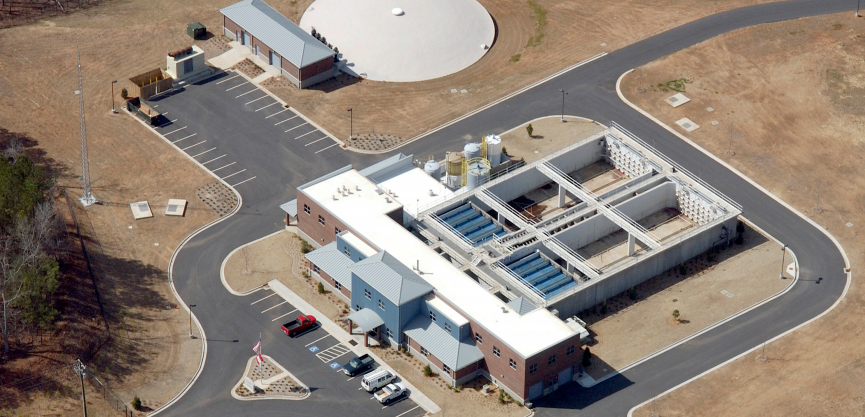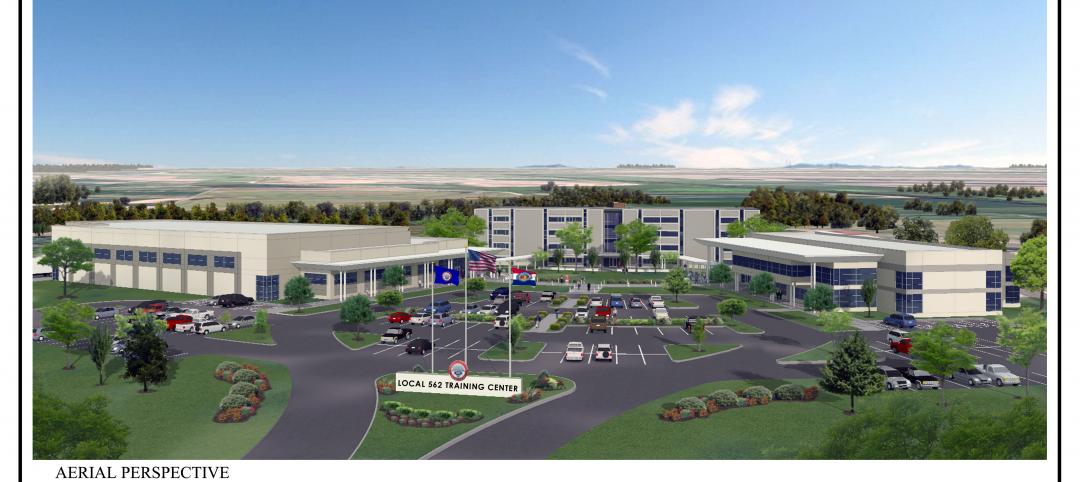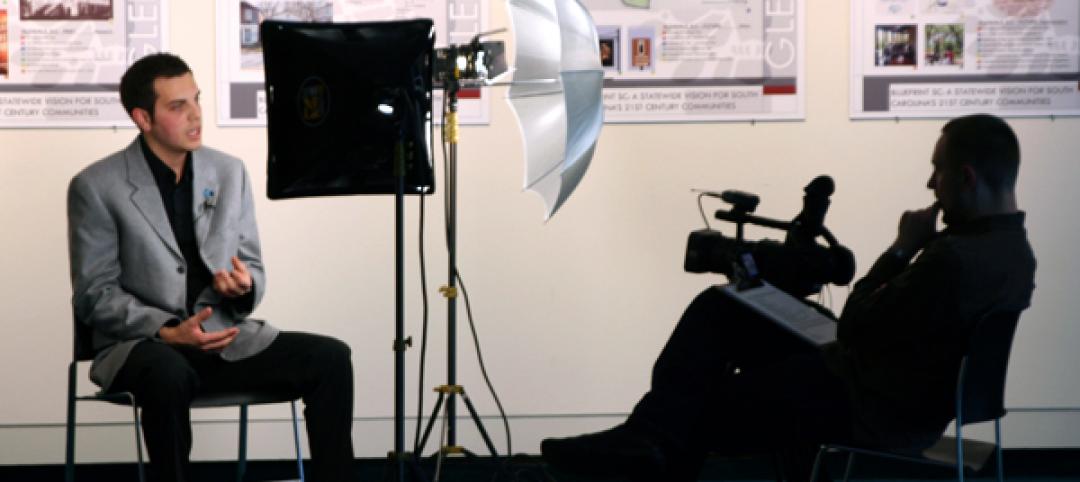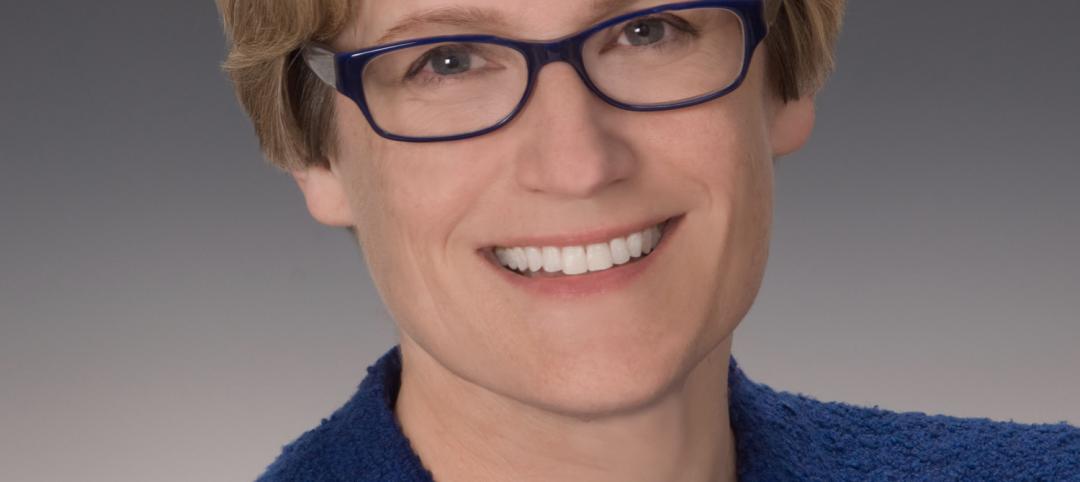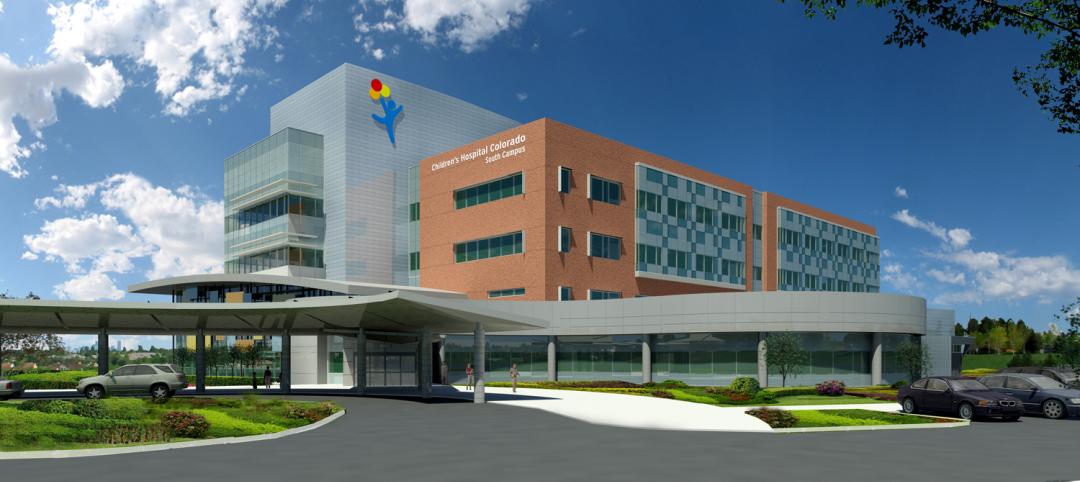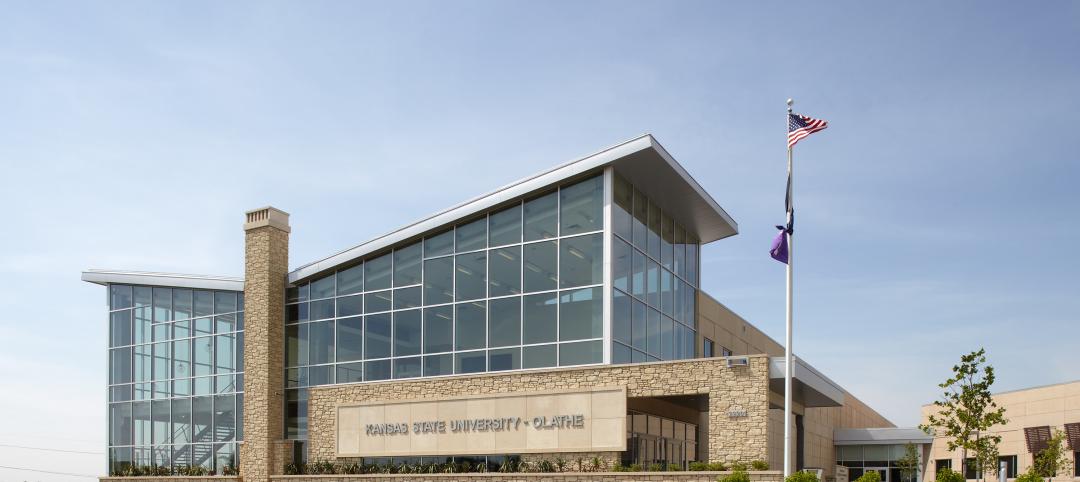Goodwyn, Mills and Cawood, the Montgomery, Ala.-based architecture and engineering outfit, strengthened its position in Georgia by completing its acquisition of Smyrna, Ga.-based Stevenson & Palmer Engineering, which has been in business in the Peach State for more than 50 years.
The two firms have been collaborators for at least the past two years, and currently have several projects underway. Teams from both companies have been working on an integration strategy to ensure a smooth transition.
Stevenson & Palmer’s 22 employees will continue to provide engineering support services from their company’s four Georgia offices, albeit under the name Goodwyn, Mills and Cawood, which already had an office in Atlanta. “The SPE team is still in place—we’ve just added a few names and a new list of services to our resume,” said Corkey Welch, Stevenson & Palmer’s former President, who is staying on as a Senior Client Manager for the combined firm. That team now reports to Jim Teel, Goodwyn, Mills’ Vice President of Georgia.
Founded in 1947, Goodwyn, Mills and Cawood employs more than 300 people who work out of its dozen offices in Georgia, Tennessee, Alabama, and South Carolina. The company assembled its Georgia team in 2011. Steve Cawood, President of the firm’s Eastern Region, which encompasses its operations in Georgia and South Carolina, spearheaded the negotiations between the two companies, which began two years ago, says Abby Basinger, a GMC spokesperson.
Its services include environmental, geotechnical, interior design, landscape, planning, surveying, and transportation. This month, GMC started construction on a 140,000-sf, $55 million football complex at Clemson University that is scheduled to open in early 2017. The firm is also in the planning stages of a $29 million expansion and upgrade of Franklin High School in Williamson County, Tenn., which if greenlighted would include more classrooms, a new athletic facility, and multipurpose field and track.
Basinger says GMC, which does work nationally, has no immediate plans to open new offices. But she also points out that GMC has customers in Mississippi and North Carolina, “so you never know.”
Related Stories
| Jun 4, 2012
Pressley promoted to Senior VP and CIO at Hill International
Pressley will be responsible for managing all of Hill's information technology systems and software worldwide.
| Jun 4, 2012
Stalco Construction promotes Scott Pavick to chief estimator
Pavick manages the estimating department and is responsible for developing cost estimates and budgets, value engineering, and subcontractor bid evaluation and negotiations.
| Jun 4, 2012
HBD Construction to build new training campus in St. Louis
Larger campus facility will expand training opportunities for plumbers and pipefitters.
| Jun 1, 2012
New BD+C University Course on Insulated Metal Panels available
By completing this course, you earn 1.0 HSW/SD AIA Learning Units.
| Jun 1, 2012
Caruso to lead Gensler’s Asia talent development
Caruso will be based in Shanghai and working with the Gensler offices in Japan, China, South Korea, Singapore, Thailand, and India until the spring of 2013.
| Jun 1, 2012
AIA 2030 Commitment Program reports new results
The full report contains participating firm demographics, energy reduction initiatives undertaken by firms, anecdotal accounts, and lessons learned.
| Jun 1, 2012
Robert Wilson joins SmithGroupJJR
Wilson makes the move to SmithGroupJJR from VOA Associates, Inc., where he served as a senior vice president and technical director in its Chicago office.
| Jun 1, 2012
Gilbane Building's Sue Klawans promoted
Industry veteran tasked with boosting project efficiency and driving customer satisfaction, to direct operational excellence efforts.
| Jun 1, 2012
Ground broken for Children’s Hospital Colorado South Campus
Children’s Hospital Colorado expects to host nearly 80,000 patient visits at the South Campus during its first year.
| Jun 1, 2012
K-State Olathe Innovation Campus receives LEED Silver
Aspects of the design included a curtain wall and punched openings allowing natural light deep into the building, regional materials were used, which minimized the need for heavy hauling, and much of the final material included pre and post-consumer recycled content.


